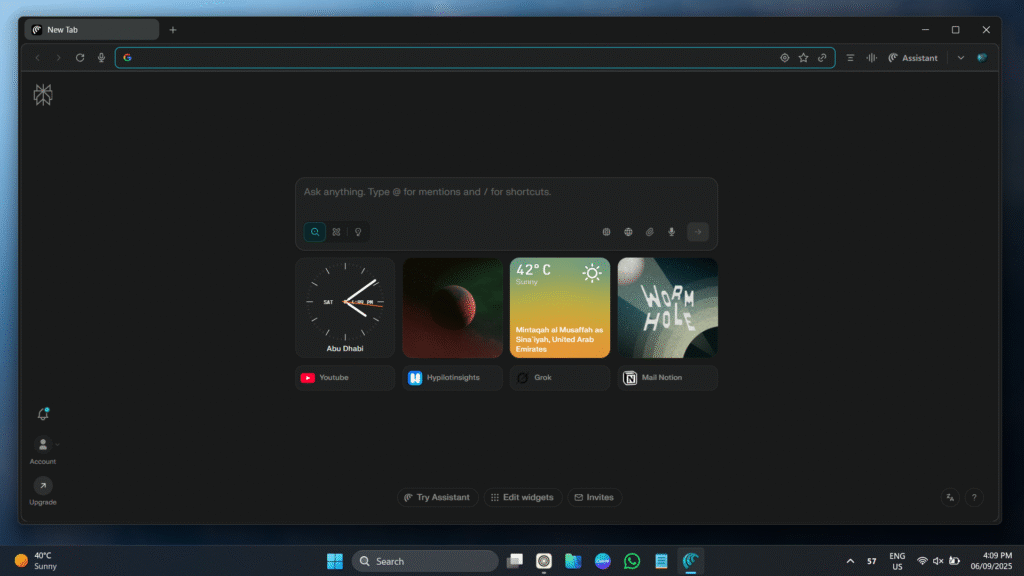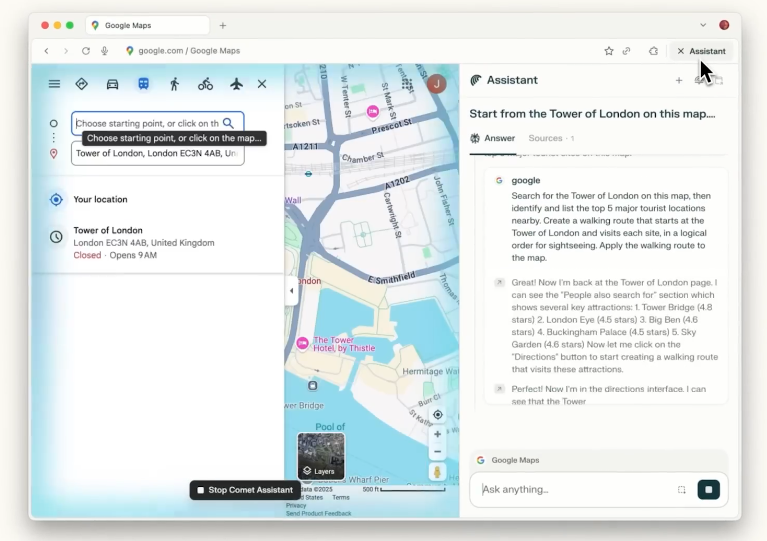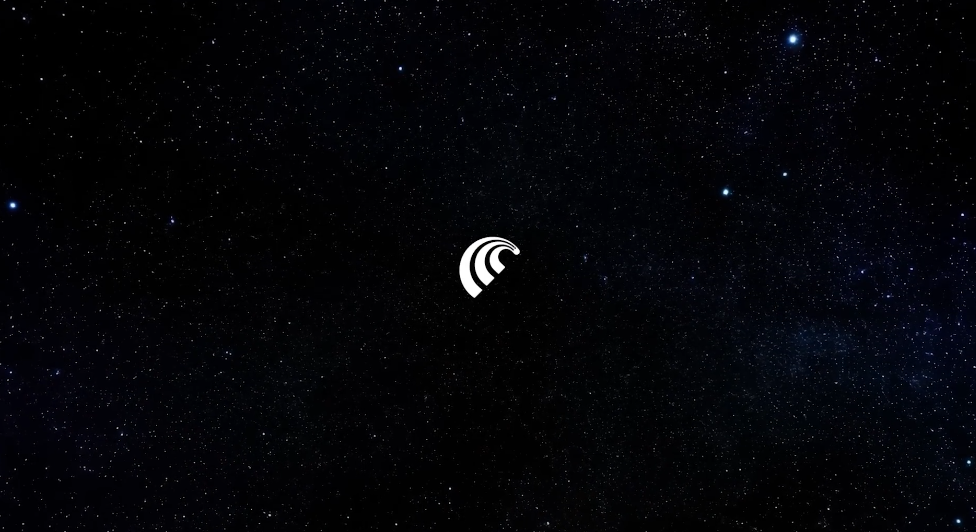Comet Browser isn’t just another Chrome clone. Launched in July 2025 by Perplexity AI, it comes loaded with AI that actually lives inside the browser instead of sitting on the side as a chatbot add-on. Since it’s built on Chromium, it feels familiar and still runs your usual Chrome extensions.
But here’s the catch: Comet used to be locked behind the $200/month Max plan, which is insane if you’re on a student budget. The good news? Now Pro subscribers ($20/month) and even some free users (via invites) can access Comet. The only exclusive perk of Max is “Max Assistant” mode — the beefed-up, no-limits version of Comet’s AI. So yeah, you don’t have to trade your snack money anymore just to try it.

Key Features of Comet Browser for Students
The coolest part of Comet is its features that feel like a nerdy lab partner who never gets tired. You can throw it a research question in plain English and it’ll pull together insights across multiple sources — citations included.
- Smart Summaries → Breaks down long research papers into digestible notes.
- Organized Tabs → Groups your messy tabs into themes and closes the dead ones.
- Automated Lit Reviews → Scans scholarly databases, compares methods, and synthesizes findings.
- Citation Magic → Gives you reliable sources with dates and credibility scores.
- Integrations → Works with Connected Papers (for citation maps), Julius AI (dataset analysis), and Trinka Journal Finder (publication targeting).
It basically builds an academic hub inside your browser. No more switching between Scholar, citation managers, and five random note apps.
Also Read: Overcoming Procrastination: Strategies for Productivity
Comet vs Mainstream Browsers
If Chrome is a bicycle with training wheels, Comet is trying to be a Tesla. Chrome’s Gemini AI and Edge’s Copilot can help with quick stuff, but you still end up juggling tabs, citation managers, and note apps. Firefox? Perfect if you’re obsessed with privacy, but not so great if you want AI to actually do heavy lifting.
What makes Comet different is that it consolidates everything into one workflow. Instead of piecing together tools, it lets you research, cite, and organize within a single chat-like interface. And yeah, design-wise it’s slick — the homepage has widgets and prompt shortcuts that make it feel futuristic.

Barriers Students Need to Know
💸 Price
- Free version: Exists, but access is invite-only and limited.
- Pro ($20/month): Unlocks most Comet features (smart AI, citations, integrations). Students can get 1 free month and up to 24 months free through referrals.
- Max ($200/month): Adds unlimited usage, priority support, and “Max Assistant” mode. Honestly overkill unless you’re doing nonstop research.
⚡ Performance
- Eats RAM like crazy → older laptops may lag.
- Works flawlessly for summaries, but sometimes stumbles on multi-step, complex research tasks.
📱 Access
- Runs only on Windows and macOS right now.
- No mobile version yet, which is annoying if you live on your phone.
Final Thoughts – Worth It or Nah?
So, is Comet worth it? Honestly:
- Yes → If you’re on Pro ($20/month) or can snag student discounts, it’s a game-changer for lit reviews and managing citations.
- No → If you’re expected to shell out $200/month for Max, it’s not worth it unless you’re running massive research projects or your uni foots the bill.
Comet is super strong on privacy and workflow, and it feels like the future of academic browsing. For now, it’s more of a “flex” tool than a must-have — but once the free tier expands and mobile support arrives, it could easily become the default student browser.
Also Read: About Learning Styles: The Ultimate Guide For Students.



